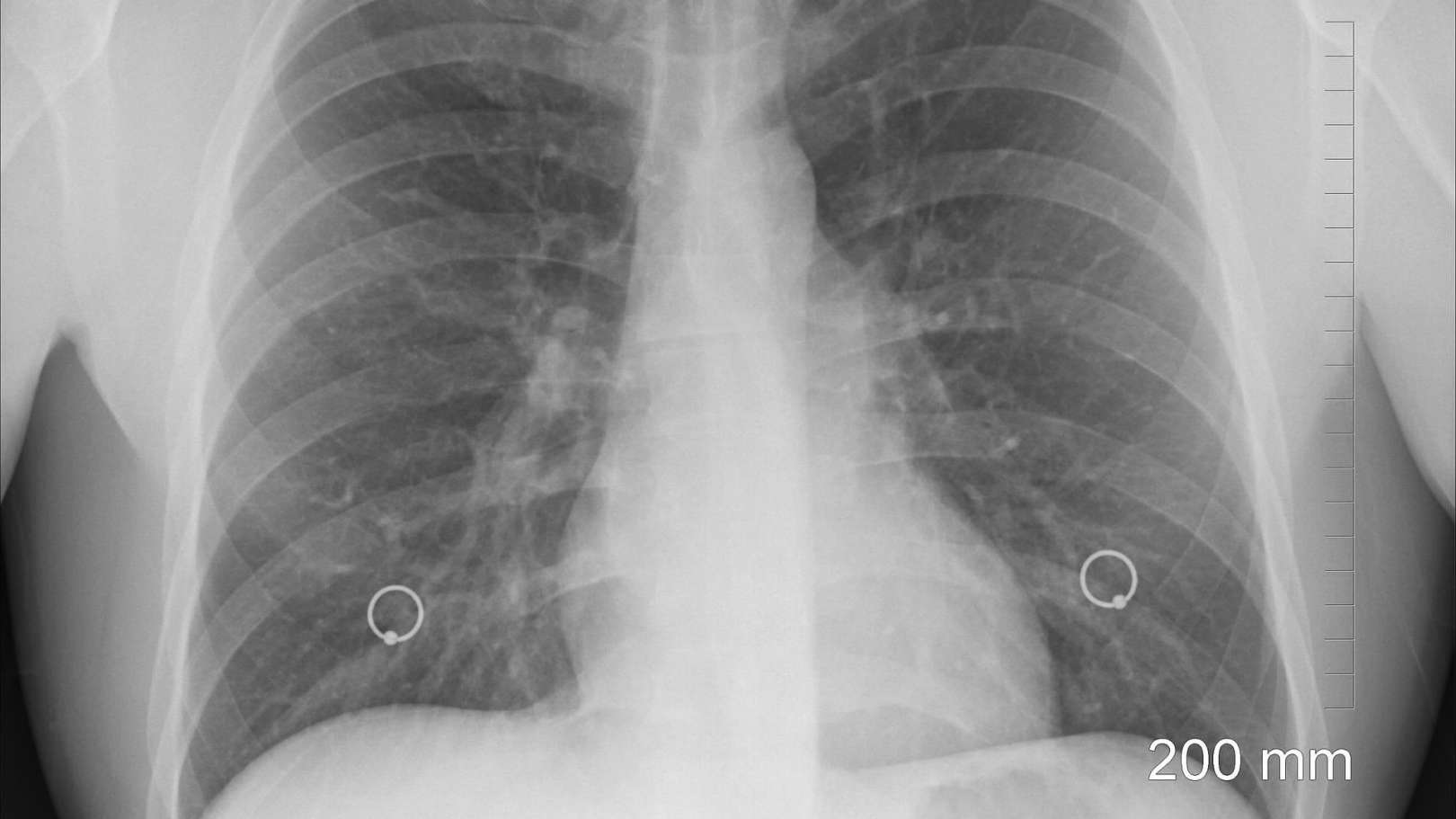About
My name is Ana Maria Mendonça and I am currently Associate Professor at the Department of Electrical and Computer Engineering (DEEC) of the Faculty of Engineering of the University of Porto (FEUP), where I got my PhD in 1994. I was a researcher at the Institute for Biomedical Engineering (INEB) until 2014, but since 2015 I am a senior researcher at INESC. At INEB, I was a member of the Board of Directors and afterwards President of the Board.
In my management activities in higher education and research, I was a member of the Executive Board of DEEC and more recently Deputy Director of FEUP. At INEB, I was a member of the Institute's Board of Directors, initially as a member and later as President of the Board.
I was an elected member of FEUP's Scientific Council and am currently a member of the school's Pedagogical Council. I was a member of the scientific committee of several academic programmes and, currently, I am the Director of the First Degree and the Master Degree in BioEngineering, of the Biomedical Engineering Master and the Doctoral Programme in Biomedical Engineering.
I have been collaborating as a research and also as responsible in several research projects, mostly dedicated to the development of image analysis and classification methodologies aiming at extracting essential information from medical images in order to support the diagnosis process. Past work has been mostly devoted to three main areas: retinal pathologies, lung diseases and genetic disorders, but ongoing work is mainly focused on the development of Computer-Aided Diagnosis systems in Ophthalmology and Radiology.



